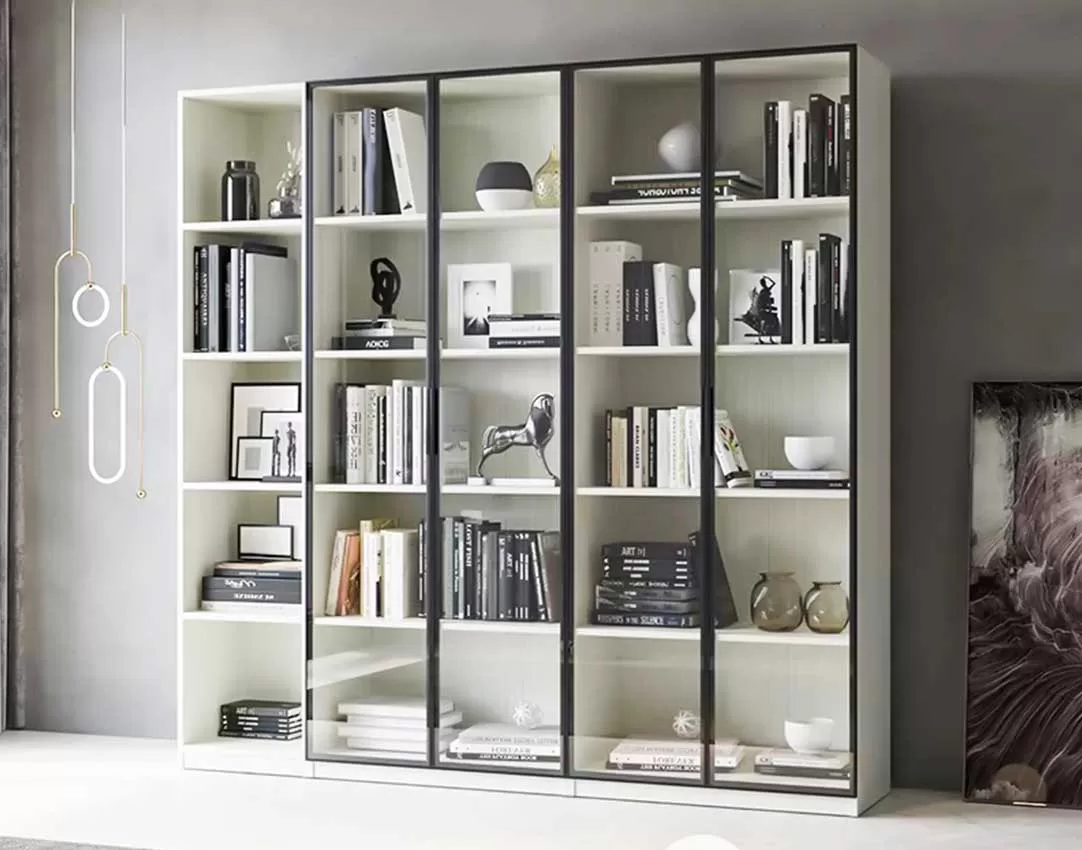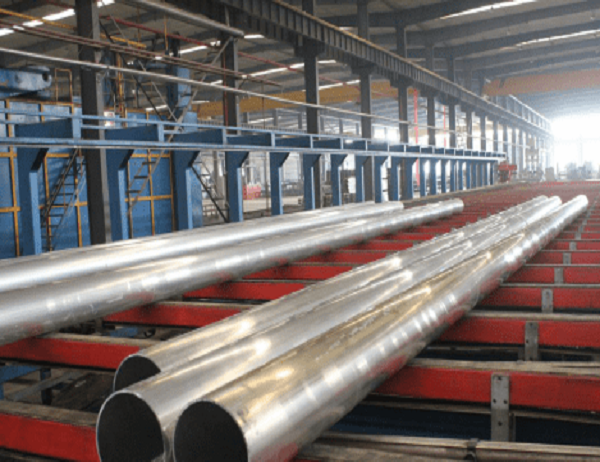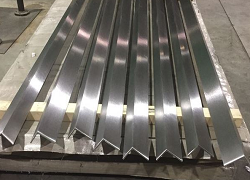The construction industry plays a significant role in global energy consumption and environmental impact. Embracing sustainable building practices, including the use of environmentally friendly materials like 6101 aluminum alloy, is imperative to mitigate these impacts.
6101 aluminum alloy offers numerous environmental advantages over traditional building materials:
Recyclability:
Aluminum, a key component of 6101 alloy, is highly recyclable. Post-consumer aluminum can be recycled repeatedly without compromising its properties, conserving natural resources and reducing landfill waste.
Energy Efficiency:
Aluminum has excellent thermal conductivity, enabling efficient heat transfer in buildings. This translates to reduced energy consumption for heating and cooling, contributing to energy savings and lower greenhouse gas emissions.
Corrosion Resistance:
6101 aluminum alloy exhibits exceptional corrosion resistance, reducing the need for protective coatings and minimizing maintenance requirements. This ensures long-lasting performance and durability in harsh environmental conditions.
In addition to its environmental benefits, 6101 aluminum alloy excels in structural integrity and aesthetics:
Strength and Durability:
6101 alloy is a high-strength aluminum alloy that provides superior strength-to-weight ratios. It offers excellent rigidity, impact resistance, and fatigue strength, making it suitable for a wide range of building applications.
Versatility:
6101 aluminum alloy is highly malleable and can be easily shaped or formed into intricate designs. Its versatility allows for innovative architectural solutions and aesthetically pleasing structures.
Lightweight Construction:
Aluminum’s lightweight nature contributes to reduced structural loads, enabling lighter foundations and frames. This translates into cost savings on materials, labor, and transportation.
Integrating 6101 aluminum alloy into green building initiatives also presents economic advantages:
Life-Cycle Cost Savings:
While the initial cost of aluminum may be higher than some traditional materials, its durability and low maintenance requirements result in long-term cost savings. By extending the lifespan of building components, aluminum reduces the frequency and cost of repairs and replacements.
Increased Property Value:
Green buildings with environmentally friendly features are increasingly sought after by tenants and buyers. Incorporating 6101 aluminum alloy can enhance a building’s sustainability credentials, boosting its marketability and value.
Government Incentives:
Governments worldwide recognize the benefits of green building practices and offer incentives, such as tax breaks and grants, to encourage the use of sustainable materials like 6101 aluminum alloy.
Integrating 6101 aluminum alloy into green building initiatives is a strategic approach that combines environmental sustainability with structural integrity, aesthetics, and economic advantages. Its recyclability, energy efficiency, and corrosion resistance make it an environmentally responsible choice. Its strength, versatility, and lightweight properties enable innovative and durable construction solutions. Moreover, the economic benefits of 6101 aluminum alloy, including life-cycle cost savings, increased property value, and government incentives, make it an attractive investment in sustainable building practices. By embracing the use of 6101 aluminum alloy, the construction industry can contribute to a greener future while fostering innovation and cost-effectiveness.



